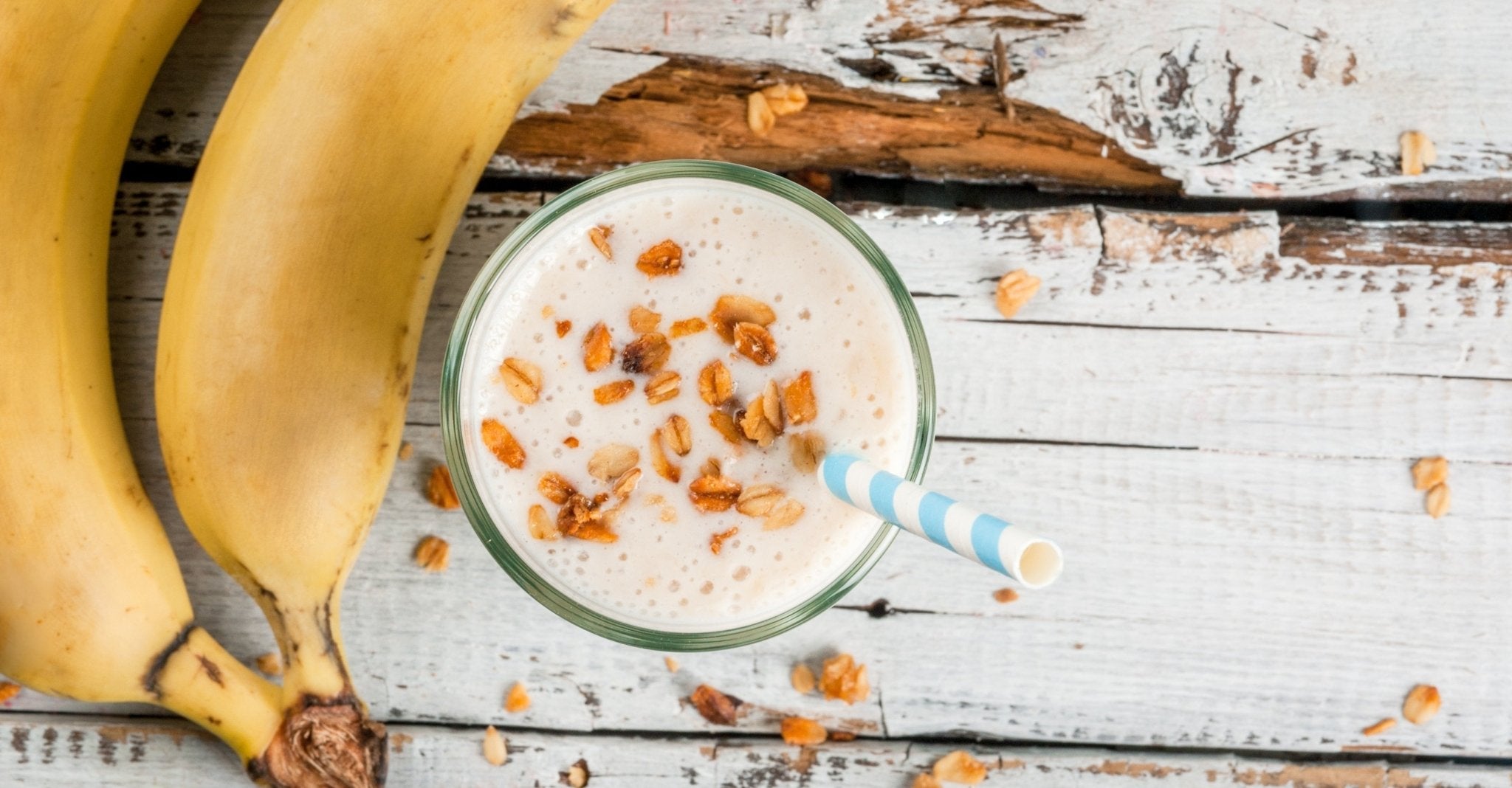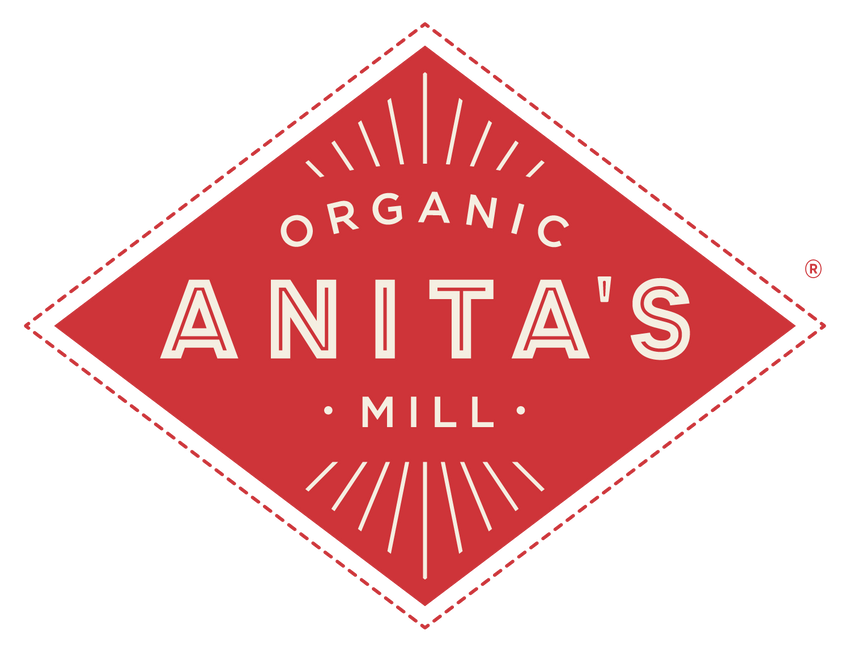
The Truth About Protein
Growing up in the 1980s, my dinner plate had a structure. 1/3 was for meat. 1/3 was for starch. 1/3 was for vegetables. There were almost no exceptions.
n
Tags:
Growing up in the 1980s, my dinner plate had a structure. 1/3 was for meat. 1/3 was for starch. 1/3 was for vegetables. There were almost no exceptions.
Fast-forward thirty years, and people want their diets to be as individual as their WiFi passwords. Keto. Paleo. Vegan. Gluten free. Clean. We all have a set point for what makes us feel better, work better and maybe even gain more Instagram followers.
In many diets that are not meat-focused, there is a question that often arises: “Where do you get your protein?”
Sigh.
I have heard this question more times than I can count, and I figured it was best to write an article about this topic rather than losing it the next time someone innocently asks.
There is no question that amino acids build muscles and bones, but living on a sea of protein bars, shakes and high protein sources does not do a body good. If you have too much protein in your blood, you might pee the remainder out, the body may buffer the acid environment by pulling calcium from the bones, or you could suffer kidney damage.
Not exactly the pillar of health that the modern day human seems to be coveting.
If you have heard about the Blue Zones, which describes the environments of the longest living people, protein is shockingly low. The people in one of these zones, Okinawa, Japan, get only 7% of their calories from protein. They are more starchaholics than proteinaholics … and it’s obviously working.
Plug “high protein” into a search engine and you are left with almost 23 million results, mostly on the side of animal products like eggs (6 grams per one egg) or chicken (24 grams in 3 ounces). Animal proteins are more similar to our proteins, but their superior rep comes from older research that does not take into account our current knowledge on the long-term consequences of meat eating, both for ourselves and for the environment. Harvard Medical School recently published: “Studies are confirming the health benefits of meat-free eating. Nowadays, plant-based eating is recognized as not only nutritionally sufficient but also as a way to reduce the risk for many chronic illnesses.”
A varied plant-based diet is more than enough to help the body make more protein, and with the amount of protein available in foods like black beans (15 grams), quinoa (9 grams per cup), and tofu (11 grams in 4 ounces), chances are that we are getting too much protein rather than too little. Michelle McMacken, MD, writes: “There is no need to track protein intake or use protein supplements with plant-based diets; if you are meeting your daily calorie needs, you will get plenty of protein.”
One less thing to worry about?
First of all, how much protein do we “need?
The current consensus is that women need 46 grams per day (71 grams if pregnant or breastfeeding) and men need 56 grams. This figure may increase depending on your activity level. That sounds like a lot, so we pile the lean meats, Greek yogurt and nut butters into our grocery carts. Garth Davis, a weight loss surgeon in Houston, dubbed those of us with this obsession “Proteinaholics” and wrote a book with the same name. He says, “If I can’t convince you that protein is bad for you, I can’t convince you that water is wet.” Most Americans consume 100 grams of protein per day, so there certainly isn’t the lack of protein that is almost universally assumed. Vegetarians are not much better: averaging 70% more protein than they need each day. Here is the rub: just about every food has some protein in it. This includes those not traditionally associated with sources of protein, like beans or hummus. Protein is everywhere, including in your cauliflower (2 grams in one cup) or nutritional yeast (2 tablespoons contains 9 grams).Would you like to be the first to hear about our new products and more? Sign up for our Nature’s Path Newsletter.








